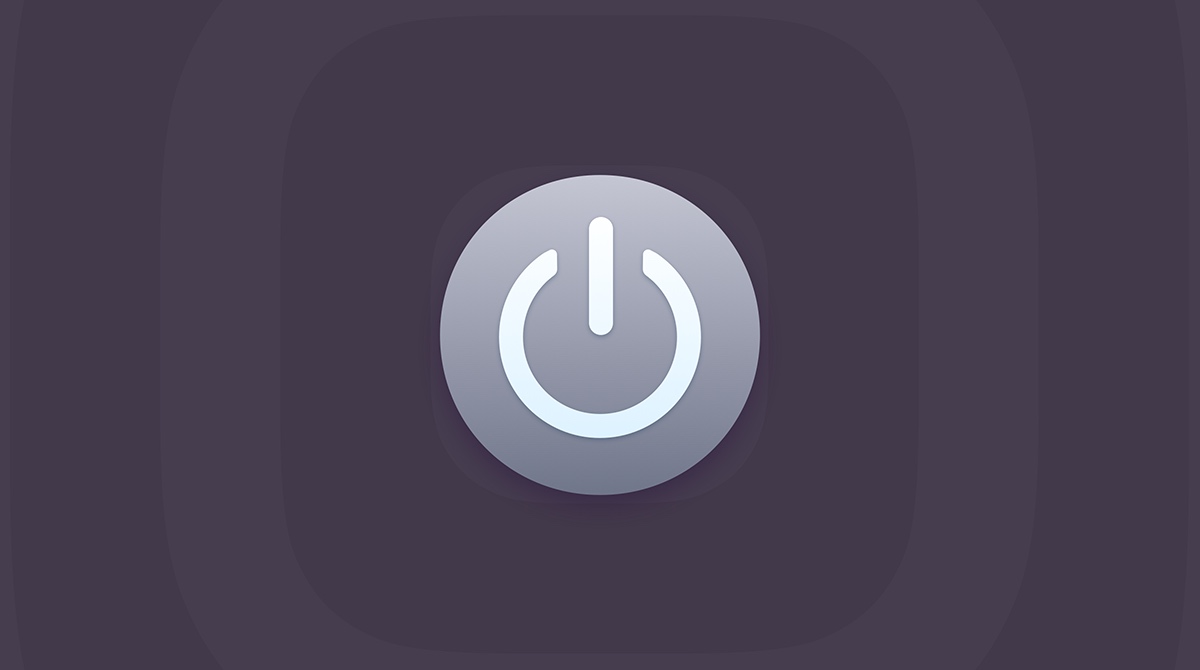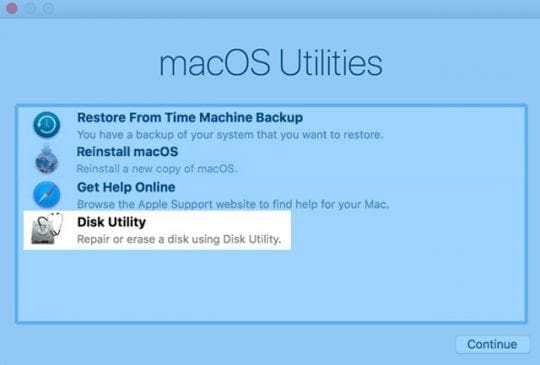About unexpected restarts
The kernel panic text is added to the log after you restart the computer, assuming that you did not reset PRAM (the kernel panic text is stored in PRAM until you restart). In Mac OS X v10.6, the logs are located in in /Library/Logs/DiagnosticReports. In Mac OS X v10.5, the logs are located in /Library/Logs/PanicReporter (source).
- Current likely causes of kernel panics include: firmware bugs, damaged firmware, particular when waking from sleep and performing other fundamental tasks; serious bugs in macOS, including its kernel extensions and other low-level code; incompatible third-party kernel extensions and other low-level.
- Here's a quick video of me forcing a Kernel Panic on my MacBook 2008 Aluminum Unibody running Mac OS X 10.11.6 El Capitan. If you don't understand what a Ker.
Rarely, your Mac might experience a software or hardware issue that requires it to restart. When it starts up again, you might see a message that your computer was restarted because of a problem.
Unexpected restarts are usually caused by software installed on your Mac, or by devices connected to your Mac. If the issue causes your Mac to restart every time it attempts to start up, your Mac might eventually shut down. Use the steps below to check the software and hardware on your Mac.
Check your software
If the issue is caused by software on your Mac, one of these steps might help:
- Install all available software updates.
- If your Mac suspects that a particular app caused the restart, it might ask whether you would like to move the app to the Trash. Click Move to Trash, then contact the software developer to see if a software update is available.
- Use safe mode to try to isolate the cause of the issue.
- Reinstall macOS. If the issue continues after reinstalling macOS, check your hardware.
Check your hardware
Ready driver one mac os. Learn how to check your connected devices and other hardware. Superpixelblast mac os.
Check peripheral devices first
Fishtahgn mac os. If you don't have any devices attached to your Mac, skip to the next section.
- Shut down your Mac.
- Disconnect all peripheral devices, such as hard drives or printers. If you have a desktop Mac, make sure that only a display, keyboard, and mouse or trackpad are connected.
- Turn on your Mac.
- Use your Mac for the amount of time that it would usually take for an unexpected restart to occur.
- If an unexpected restart occurs, follow the steps to check the internal RAM and third-party hardware.
- If an unexpected restart doesn't occur, turn off the Mac and connect one peripheral device at a time until an unexpected restart occurs.

Panic Hall Mac Os Catalina
Check RAM and third-party hardware
Panic Hall Mac Os Download

Panic Hall Mac Os Catalina
Check RAM and third-party hardware
Panic Hall Mac Os Download
Certain models of Mac computers have removable memory (RAM). If you recently installed memory or a hard disk (or SSD), make sure that it's compatible and installed correctly. If possible, remove it and test with the original memory or disk.
Panic Hall Mac Os 11
Learn more
Panic Hall Mac Os X
- If you continue to experience unexpected restarts, contact Apple Support.
- If your Mac is frequently restarting unexpectedly, it's important to determine the exact steps that lead up to the issue. The next time that your Mac restarts unexpectedly, record the date and time it occurs. These questions might help you diagnose the problem:
- Was the computer starting up, shutting down, or performing a particular task when the unexpected restart happened?
- Is the computer restart random, or does it happen every time you do a certain task?
- Does the restart happen when a specific external device is connected to your Mac or to a specific port?
- Learn what to do if your Mac doesn't turn on or start up.
- Learn about the screens you see when your Mac starts up.
